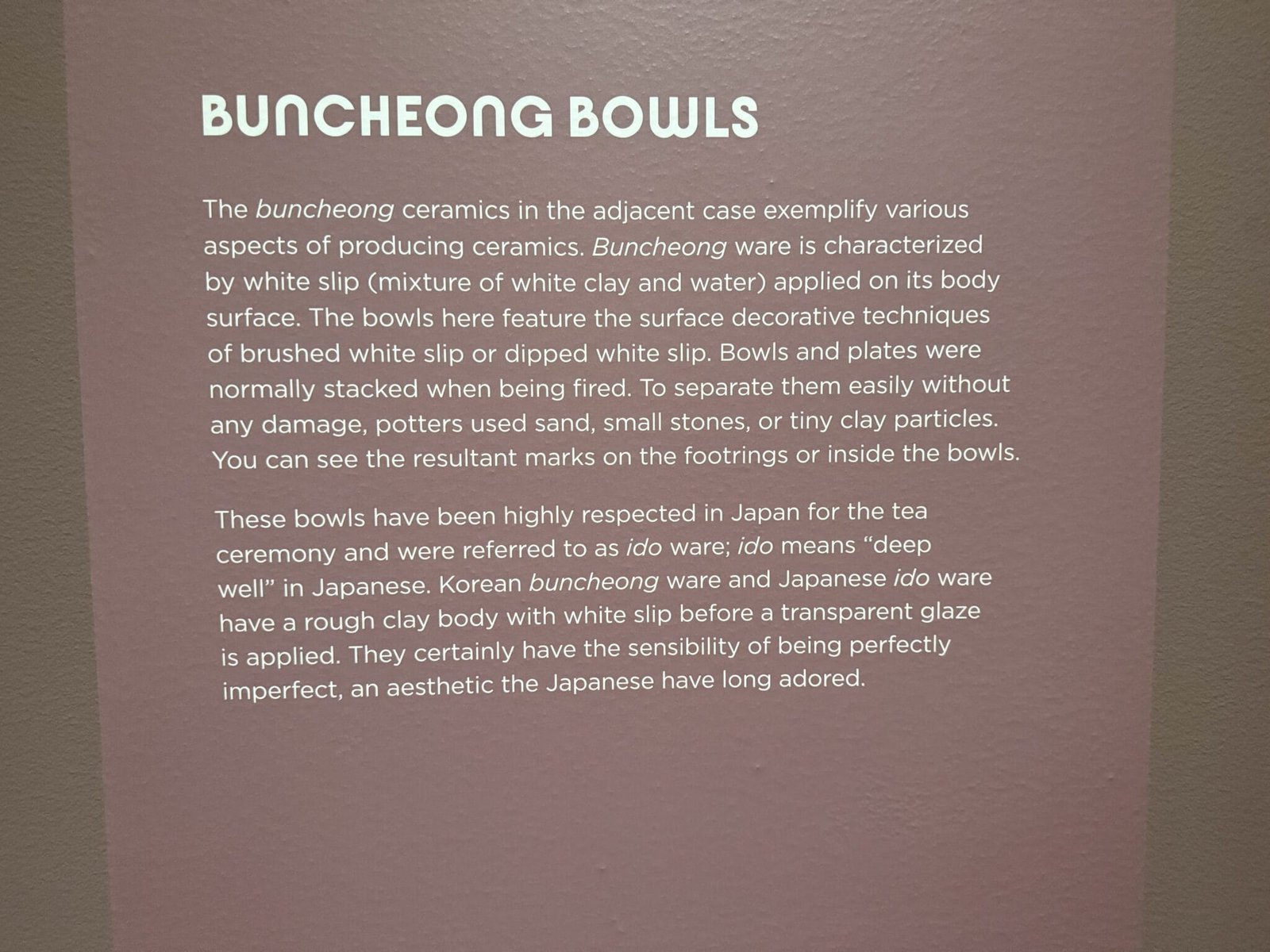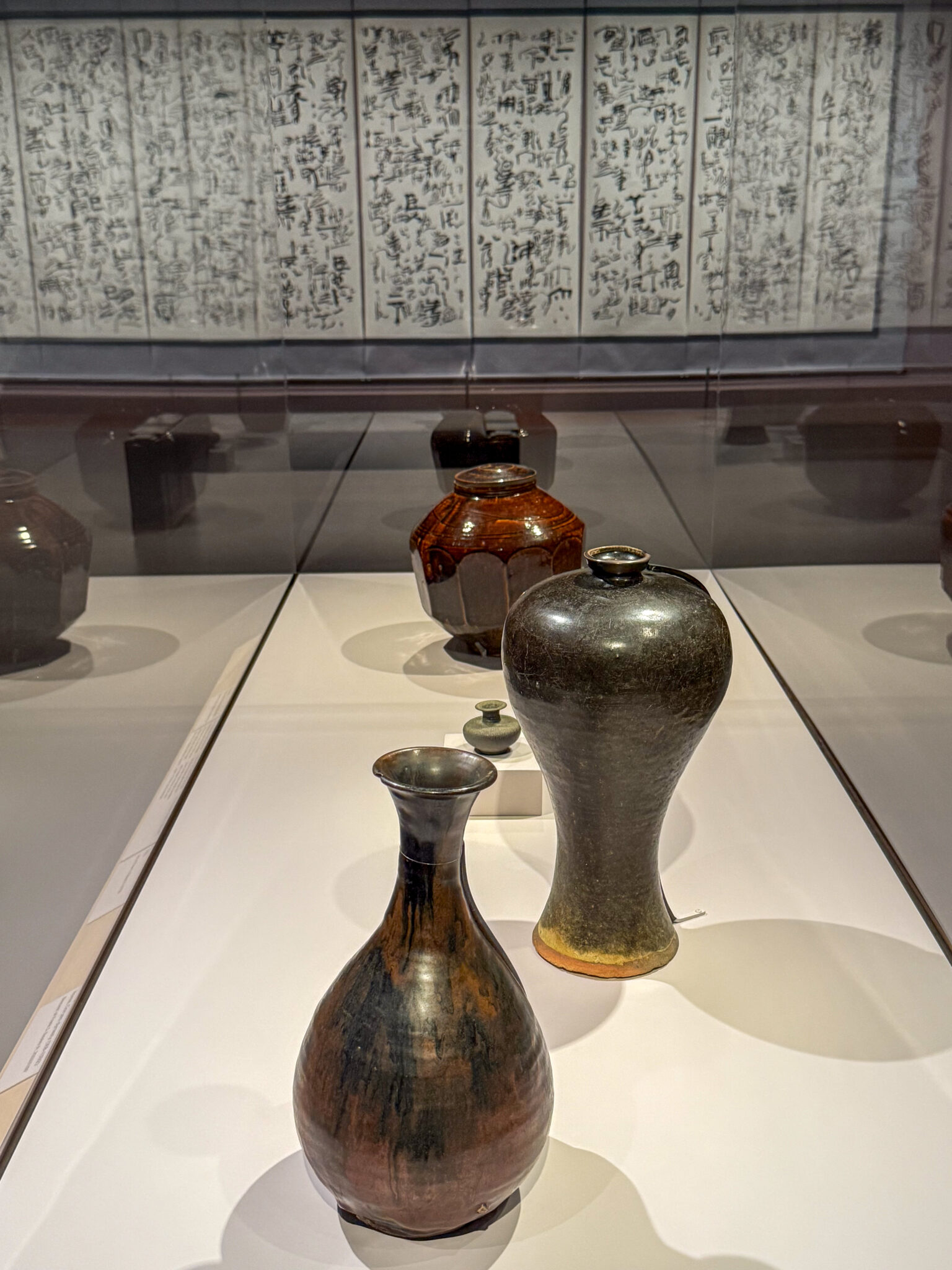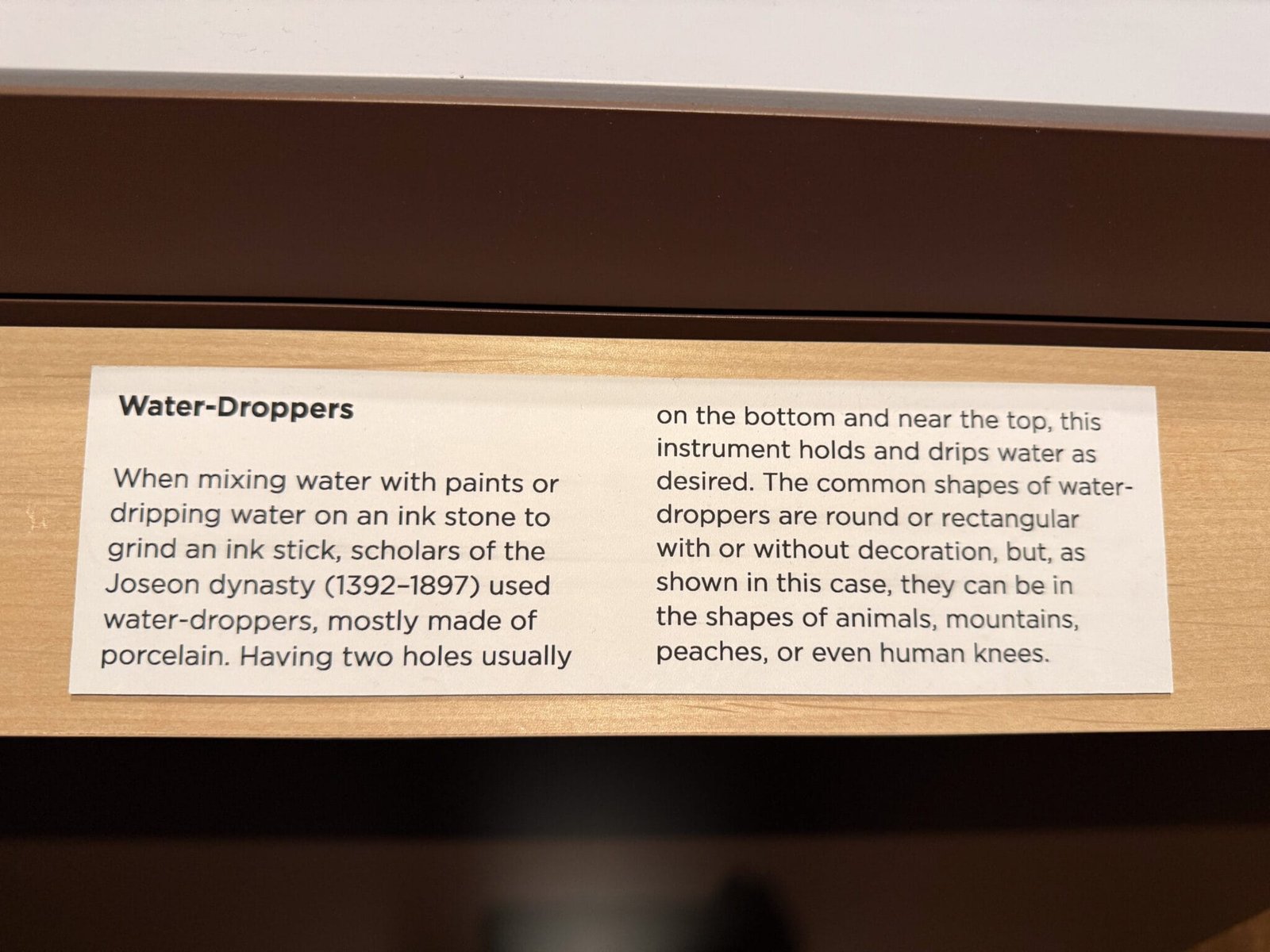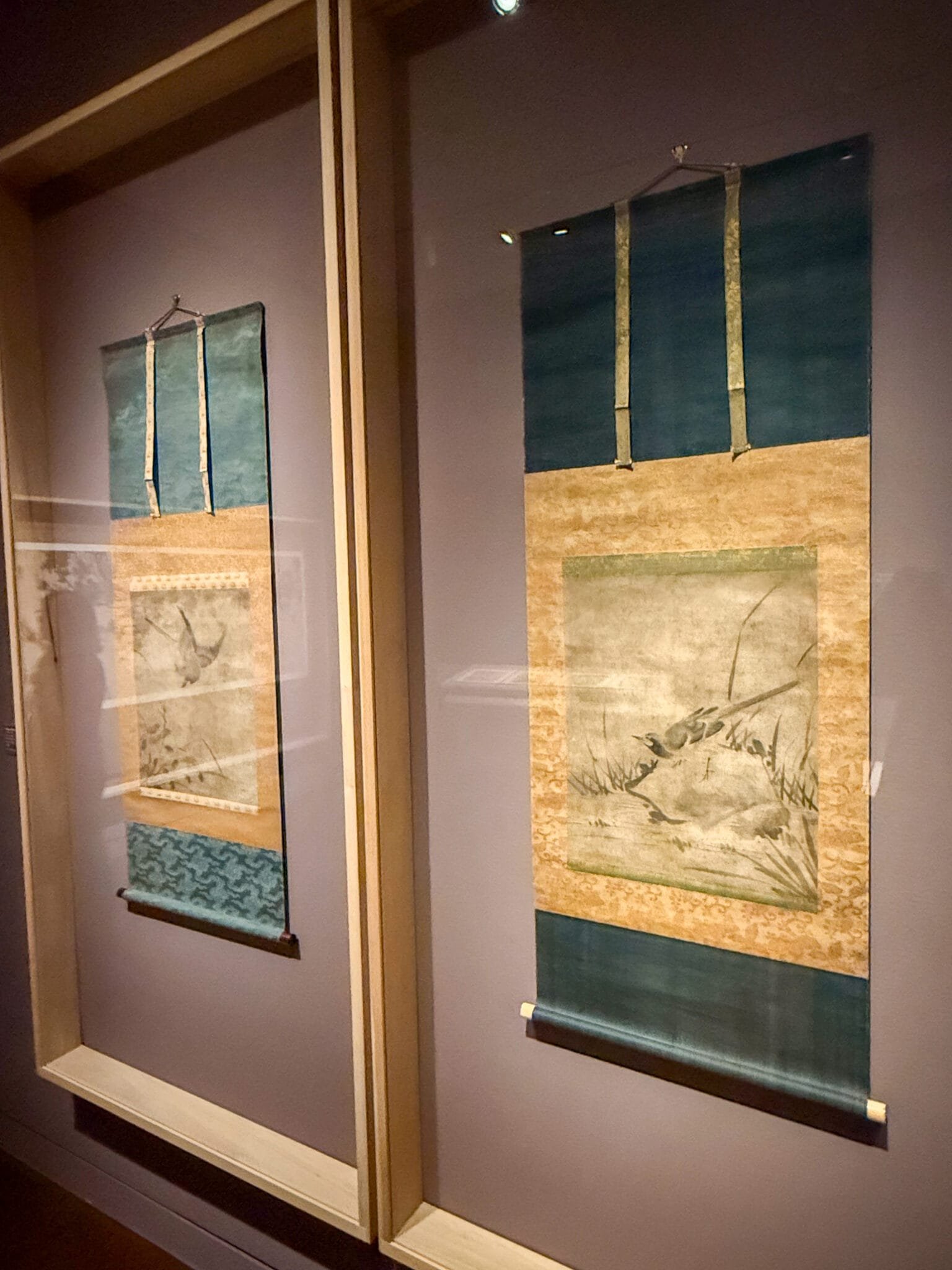Mary Anne and I owned a flat on Capitol Hill in Seattle when we lived in Anacortes. The building was small, only three floors of two units each. Below us lived one of the kindest, most giving men that I’ve had the pleasure of knowing. His name was Doug Bayley.
Doug’s passion was horticulture and he co-founded the Volunteer Park Trust. This group fielded an army of volunteers to keep the magnificent Olmsted Brothers garden looking good.
I remember Doug for his tolerance, his joy in sharing a book of art, his horticultural passion. A kind, gentle, cultured, and modest gentleman.
But this post isn’t about Doug Bayley. It’s about someone I never met, his older brother Frank.
Frank was the Bayley who left Seattle. He made his mark in Law and the arts in San Francisco. After his recent death, he donated his huge Korean art collection to the Seattle Asian Art Museum. It’s fitting that the museum is located in the middle of Doug’s beloved Volunteer Park. We visited the collection today.

Frany Bayley collected both ancient and modern Korean art. He was a friend and patron to a number of twentieth century artists including SON Manjin, YOON Quang-Cho, and Youngsook PARK.
Let’s look at some of the older pieces first. These are mostly from the twelfth to the fifteenth century.









This is an Ink Box. Here’s what Perplexity has to say about these boxes.
A Korean ink box, also known as “munbangsawoo” in Korean culture, is a traditional item used in calligraphy and scholarly pursuits. It is one of the four treasures of the study, along with the brush, paper, and inkstone. These four items were considered essential tools for scholarly men and were often referred to as “friends” due to their importance in intellectual pursuits.
The ink box specifically serves several purposes:
1. Storage: It is primarily used to store ink, which is a crucial component for calligraphy and writing.
2. Preservation: The box helps to preserve the ink, protecting it from air and moisture that could alter its consistency or quality.
3. Cultural significance: Beyond its practical use, the ink box holds cultural and symbolic importance. It represents a scholarly tradition and was often passed down through generations as a cherished heirloom.
4. Aesthetic value: Many Korean ink boxes, especially vintage ones, are beautifully crafted. Some are adorned with mother-of-pearl inlays, making them not just functional items but also works of art.

A small silk purse with a “bat motif” (the golden figures).





Let’s take a look at the works of some modern Korean artists.











Interesting.
hey, many thanks for that.
Great tour, and without the wear and tear on my feet! Beautiful work from beginning to end. Magnificent bequest.
Excellent visit to my favorite hobbies–china collecting and art! What a generous family.
Just beautiful!